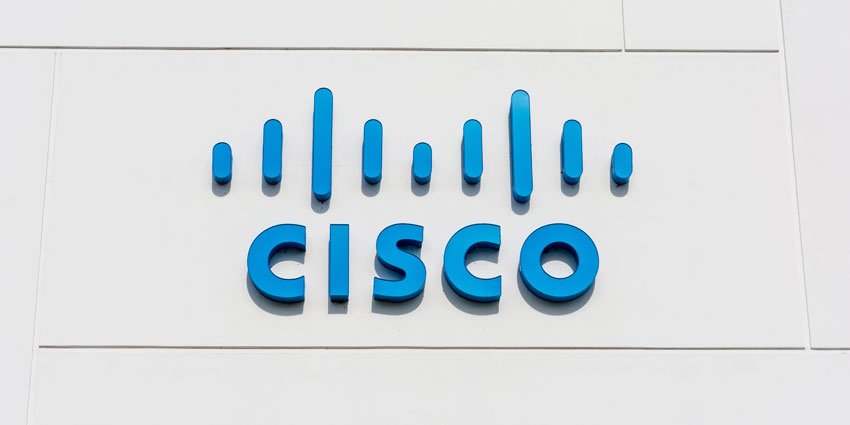Microsoft has previewed the next release wave for Dynamics 365 Customer Service, its CCaaS platform.
The offering is not to be confused with the Microsoft Digital Contact Center Platform, which is more of a playbook for augmenting other contact centers with Microsoft’s broader portfolio.
Instead, Dynamics 365 Customer Service is a conventional CCaaS platform – which Microsoft released back in November 2021.
At that point, Microsoft put forward a skeleton CCaaS solution, only viable for SMBs. Nevertheless, the vendor is slowly but surely fleshing it out.
In this first release wave of 2023, Microsoft will add a total of 20 new tools and enhancements to the platform. All but three of these will become generally available on April 1, 2023.
Expect a second release in the Summer if Microsoft follows the same release wave structure as it did in 2022.
What Is Included Within the New Release?
The four most eye-catching additions to Dynamics 365 Customer Service are:
- Native integrations to Nuance Mix and Gatekeeper
- A strengthened Teams integration
- Auto-reply suggests to customers on live chat
- Analytics tools for agents and supervisors
The Nuance integrations come as little surprise after Microsoft’s $16BN acquisition. Although much of the deal’s narrative swirled around healthcare, the additions of Mix – a conversational AI platform – and Gatekeeper – a voice biometrics solution – is a natural play.
Next is the Teams integration. Microsoft added this feature in 2022 but has reinforced it by allowing agents to quickly transfer customer case details to internal Teams conversations. The addition gives subject matter experts (SMEs) extra context to better support the rep.
The third new capability is an AI model – which contact centers can train on historic live chat interactions – to auto-suggest customer replies. While these simplify chat handling, it is also simple for agents to tweak the automated responses and personalize the conversation.
Finally, Microsoft has enhanced its reporting tools with reimagined agent and supervisor dashboards. Such a move is significant, as some users have reported the need for developer support to make the current solution consistent with those served up by industry rivals.
Other additions include new case management, basic forecasting, and auto-summarization tools.
Check out how these solutions may work together in the following example of a mock contact center conversation.
More Innovations to Come Before the Summer?
The latest Dynamics 365 Customer Service release wave adds conversational AI, biometrics, and WFO tools to Microsoft’s platform.
While these are welcome additions, the total of 20 new features is much lower than the 46 released in the previous wave.
So, can users expect more? Possibly. Indeed, Microsoft pulled down a blog introducing a new customer journey orchestration solution on Monday morning.
However, from a glimpse, it seems to be a tool for marketing to plan outbound campaigns instead of a rounded solution to choreograph more of the customer experience.
Some of Microsoft’s CCaaS competitors offer these more sophisticated tools. For instance, NICE and Genesys serve up solutions that map out customer journeys while harnessing analytics and data visualization tools to bring them to life.
Unfortunately, this is just one area where Microsoft must play catch up to compete with those at the top end of the CCaaS market.
Its native WFO tooling is another notable example, which Microsoft may need to strengthen its relationships with Calabrio and Verint to cover.
Some have also questioned the overall complexity of the CCaaS platform, noting that – currently – it may only be worthwhile for businesses invested in the Dynamics ecosystem.
As Tom Arbuthnot, Co-Founder of Empowering.Cloud, previously told UC Today:
If you’re a Salesforce outfit, would you pick Dynamics for your contact center? Probably not. The technologies can work together. But that’s the thing. It only really makes sense for Dynamics-first organizations who are on that journey.
Nevertheless, Arbuthnot does point out that with the Nuance acquisition, Microsoft has a team of contact center specialists that will support its CCaaS efforts.
Also, this release wave does add some exciting, AI-driven technologies that many on a Dynamics journey will appreciate.
However, these initial steps into CCaaS feel eerily similar to those Microsoft took in UCaaS with Teams. While the approach worked fantastically well in that market, many organizations consider the contact center a mission-critical operation. As such, the release of a half-baked product, which it throws new capabilities at twice a year, may not work so well.
Indeed, many businesses will want to safeguard their customer experience, and the “good enough” approach may not be enough.
For this reason, Zeus Kerravala, the Founder & Principal Analyst at ZK Research, has predicted that “the Microsoft Contact Center will flop this year.”
Yet, further into the future, when Microsoft adds more core capabilities and differentiates its offering further with elements of its broader portfolio, it may well become a CCaaS stalwart.







